Archives: Public Service Announcement
Public Notices
Electrical Safety

SAFETY TIPS
- Have all electrical work done by a licensed electrician.
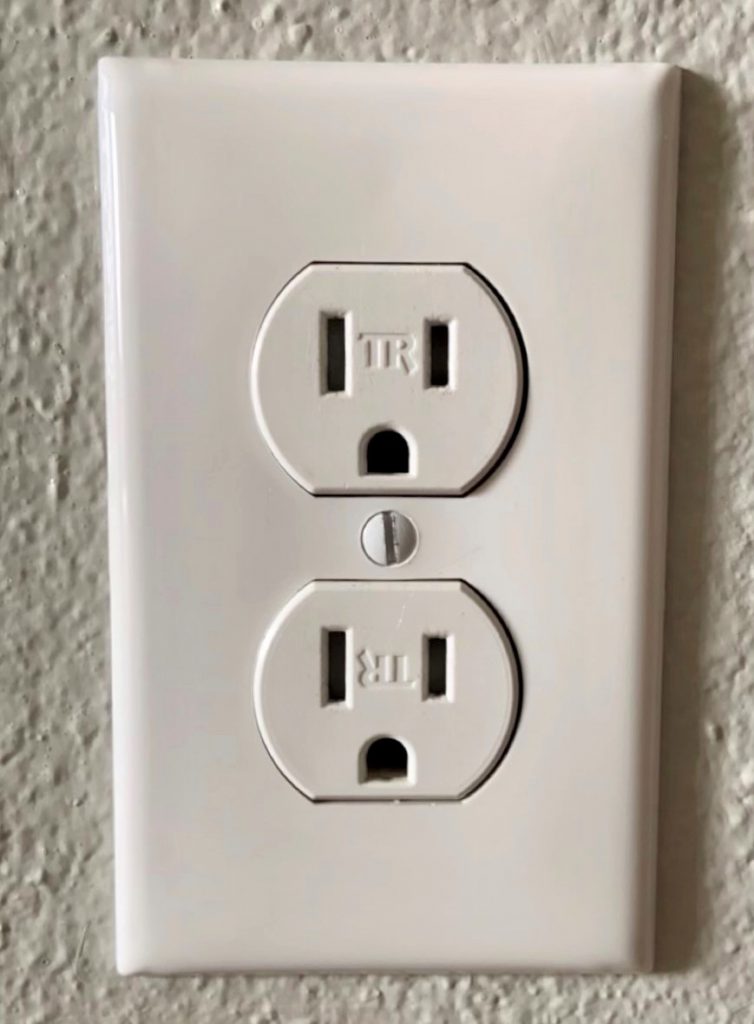
- Only use one heat-producing appliance (such as a coffee maker, toaster, space heater, etc.) plugged into a receptacle outlet at a time. This prevents you from overloading the circuit.
- Major appliances (refrigerators, dryers, washers, stoves, air conditioners, microwave ovens, etc.) should be plugged directly into a wall receptacle outlet and have their own circuit. Extension cords and plug strips should never be used.
- Arc-fault circuit interrupters (AFCIs) shut off electricity when a dangerous condition occurs. Consider having them installed in your home.
- Use ground-fault circuit interrupters (GFCIs) to reduce the risk of shock. GFCIs shut off an electrical circuit when it becomes a shock hazard. They should be installed inside the home in bathrooms, kitchens, garages and basements. All outdoor receptacles should be GFCI protected.
- Test AFCIs and GFCIs once a month according to the manufacturer’s recommendations. You do not need a flame to start a fire. Fires can start when heat builds up near things that can burn. This can happen when a hot light bulb is near items that burn, such as cloth or paper, or a cord has been placed under a carpet.
- Check electrical cords to make sure they are not running across doorways or under carpets. Extension cords are intended for temporary use. Have a licensed electrician add more receptacle outlets so you don’t have to use extension cords.
- Use a light bulb with the correct wattage. There should be a sticker on fixtures that indicates the right number of watts to use.
- Call a licensed electrician or your landlord if you have:
- Frequent problems with blowing fuses or tripping circuit breakers.
- A tingling feeling when you touch an electrical appliance.
- Discolored or warm wall outlets.
- A burning or rubbery smell coming from an appliance.
- Flickering or dimming lights.
- Sparks from an outlet.
Carbon Monoxide Alarms

Often called the invisible killer, carbon monoxide is an invisible, odorless, colorless gas created when fuels (such as gasoline, wood, coal, natural gas, propane, oil, and methane) burn incompletely. In the home, heating and cooking equipment that burn fuel can be sources of carbon monoxide.
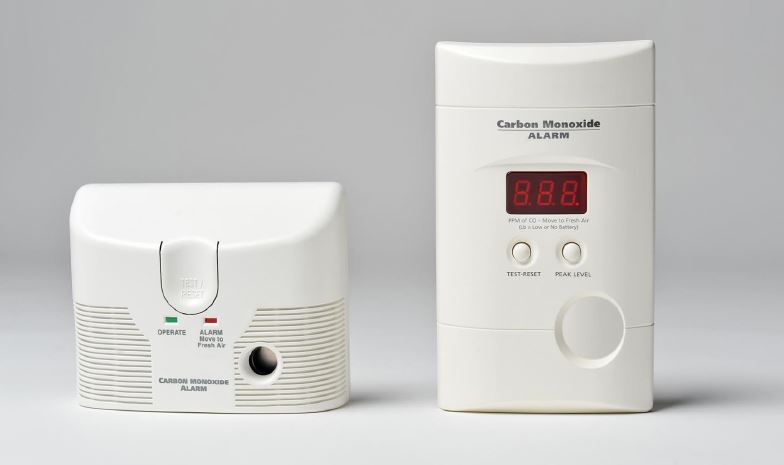
CO alarms should be installed in a central location outside each sleeping area and on every level of the home and in other locations where required by applicable laws, codes or standards. For the best protection, interconnect all CO alarms throughout the home. When one sounds, they all sound.
Follow the manufacturer’s instructions for placement and mounting height.
Choose a CO alarm that is listed by a qualified testing laboratory.
Call your local fire department’s non-emergency number to find out what number to call if the CO alarm sounds.
Test CO alarms at least once a month; replace them according to the manufacturer’s instructions.
If the audible trouble signal sounds, check for low batteries. If the battery is low, replace it. If it still sounds, call the fire department.
If the CO alarm sounds, immediately move to a fresh air location outdoors or by an open window or door. Make sure everyone inside the home is accounted for. Call for help from a fresh air location and stay there until emergency personnel declare that it is safe to re-enter the home.
If you need to warm a vehicle, remove it from the garage immediately after starting it. Do not run a vehicle or other fueled engine or motor indoors, even if garage doors are open. Make sure the exhaust pipe of a running vehicle is not covered with snow.
During and after a snowstorm, make sure vents for the dryer, furnace, stove, and fireplace are clear of snow build-up.
A generator should be used in a well-ventilated location outdoors away from windows, doors and vent openings.
Gas or charcoal grills can produce CO — only use outside.
Have fuel-burning heating equipment and chimneys inspected by a professional every year before cold weather sets in. When using a fireplace, open the flue for adequate ventilation. Never use your oven to heat your home.
Cooking Safety

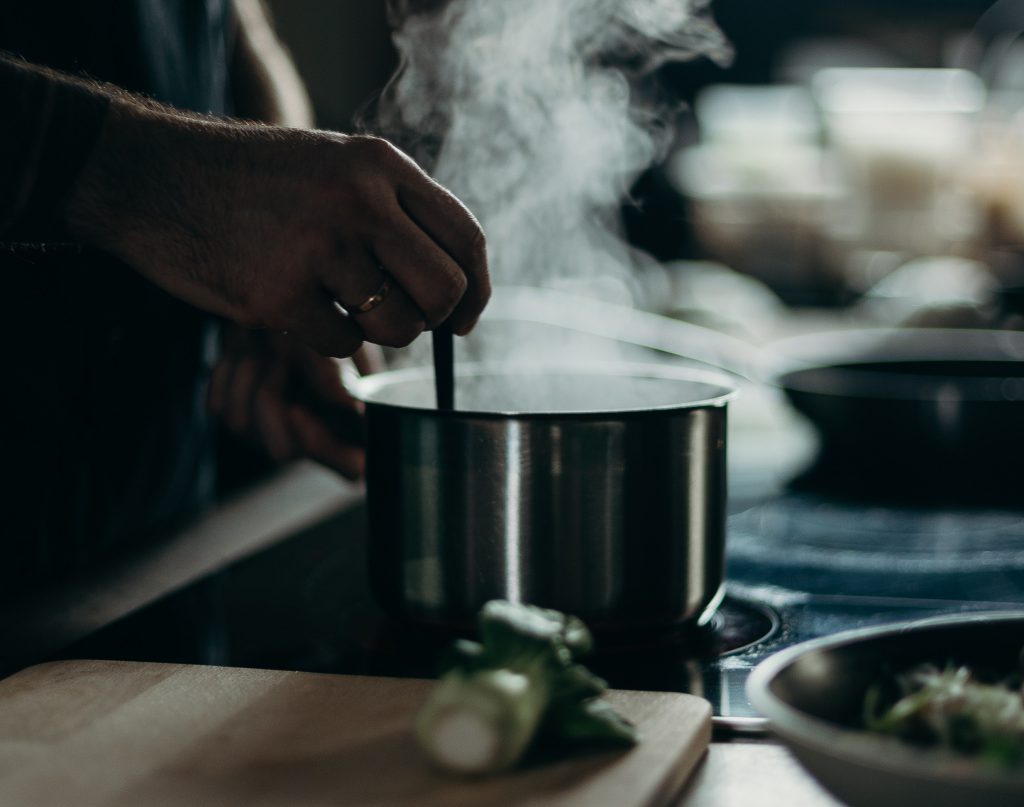
The leading cause of fires in the kitchen is unattended cooking
Cook with Caution
- Be on alert! If you are sleepy or have consumed alcohol don’t use the stove or stovetop.
- Stay in the kitchen while you are frying, boiling, grilling, or broiling food. If you leave the kitchen for even a short period of time, turn off the stove.
- If you are simmering, baking, or roasting food, check it regularly, remain in the home while food is cooking, and use a timer to remind you that you are cooking.
- Keep anything that can catch fire like oven mitts, wooden utensils, food packaging, towels or curtains. Keep away from your stovetop.
If you have a small (grease) cooking fire and decide to fight the fire…
- On the stovetop, smother the flames by sliding a lid over the pan and turning off the burner. Leave the pan covered until it is completely cooled.
- For an oven fire, turn off the heat and keep the door closed.
If you have any doubt about fighting a small fire…
• Just get out! When you leave, close the door behind you to help contain the fire.
• Call 9-1-1 or the local emergency number from outside the home.
Cooking with Kids
Have a “kid-free zone” of at least 3 feet around the stove and areas where hot food or dink is prepared or carried.
Clothes Dryer Safety

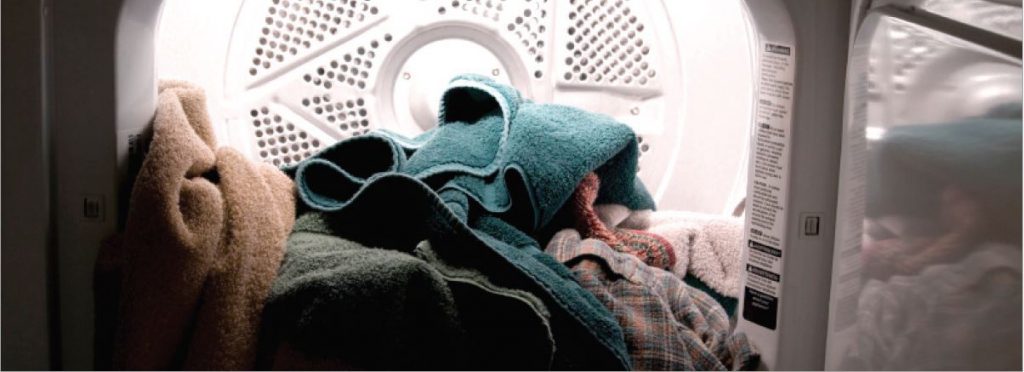
- Have your dryer installed and serviced by a professional.
- Do not use the dryer without a lint filter.
- Make sure you clean the lint filter before or after each load of laundry. Remove lint that has collected around the drum.
- Rigid or flexible metal venting material should be used to sustain proper air flow and drying time.
- Make sure the air exhaust vent pipe is not restricted and the outdoor vent flap will open when the dryer is operating. Once a year, or more often if you notice that it is taking longer than normal for your clothes to dry, clean lint out of the vent pipe or have a dryer lint removal service do it for you.
- Keep dryers in good working order. Gas dryers should be inspected by a qualified professional to make sure that the gas line and connection are intact and free of leaks.
- Make sure the right plug and outlet are used and that the machine is connected properly.
- Follow the manufacturer’s operating instructions and don’t overload your dryer.
- Turn the dryer off if you leave home or when you go to bed.
FACT
The leading cause of home clothes dryer fires is failure to clean them.
AND DON’T FORGET
- Dryers should be properly grounded.
- Check the outdoor vent flap to make sure it is not covered by snow or debris.
- Keep the area around your dryer clear of things that can burn like boxes, cleaning supplies and clothing.
- Clothes that have come in contact with flammable substances like gasoline, paint thinner, or similar solvents should be laid outside to dry before washing and drying.
Chicken Coop Safety
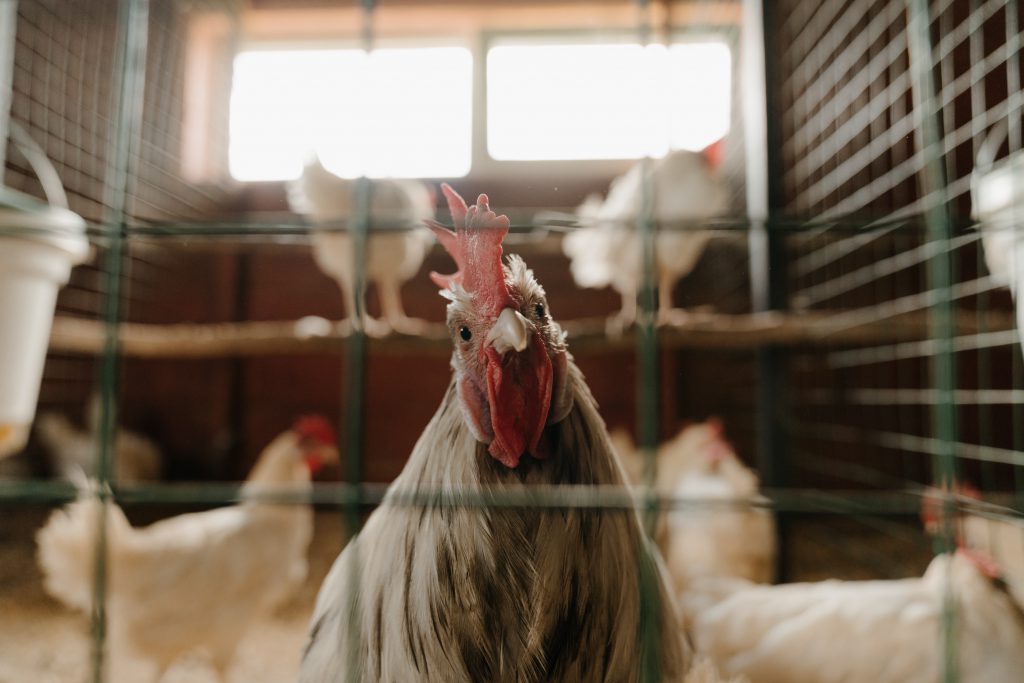
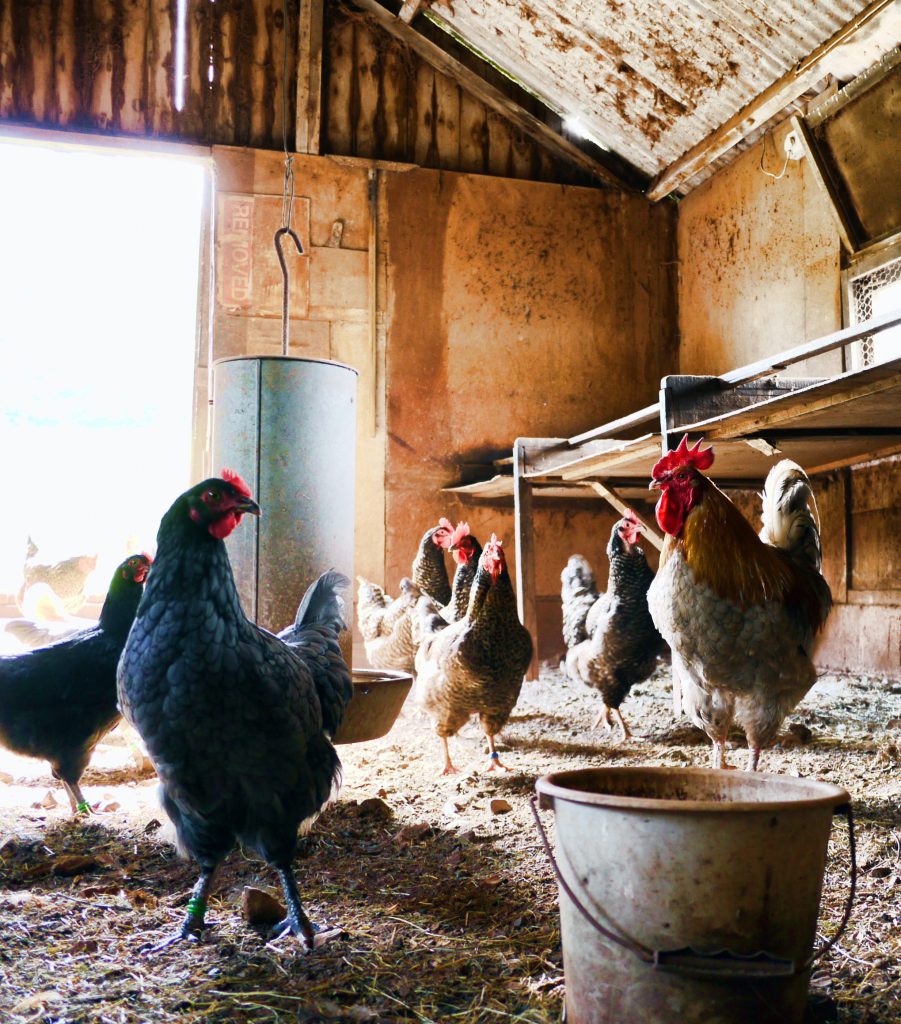
Raising chicken has become a popular hobby. Protect your chicken coop from the tragedy of fire.
SAFETY TIPS
- Make sure that heat lamps are properly secured. This will keep them from being knocked over.
- Keep heat lamps away from anything that can burn.
- Keep space heaters away from anything that can burn.
- Place space heaters on a sturdy surface so they won’t be knocked over.
- Brush cobwebs and dust from light fixtures and outlets. Do this regularly.
- Choose light bulbs that have covers. This will protect them from dirt, moisture, and breaking.
- Do not use extension cords in the coop.
- Choose electrical equipment for agricultural or commercial use.
- Be careful with electrically heated poultry waterers.
- Make sure the cord and plug are properly grounded.
- Check all wiring for damage.
- Have electrical work done by a qualified electrician.
- Choose outlets and switch boxes designed to keep out dust and water.
SAFE HAY AND BEDDING STORAGE
Store baled hay away from livestock. Hay and bedding storage should not be near anything that can burn. Check with your community for safety rules on animal housing facilities. Talk to your local fire department for any fire concerns.
Car Fires
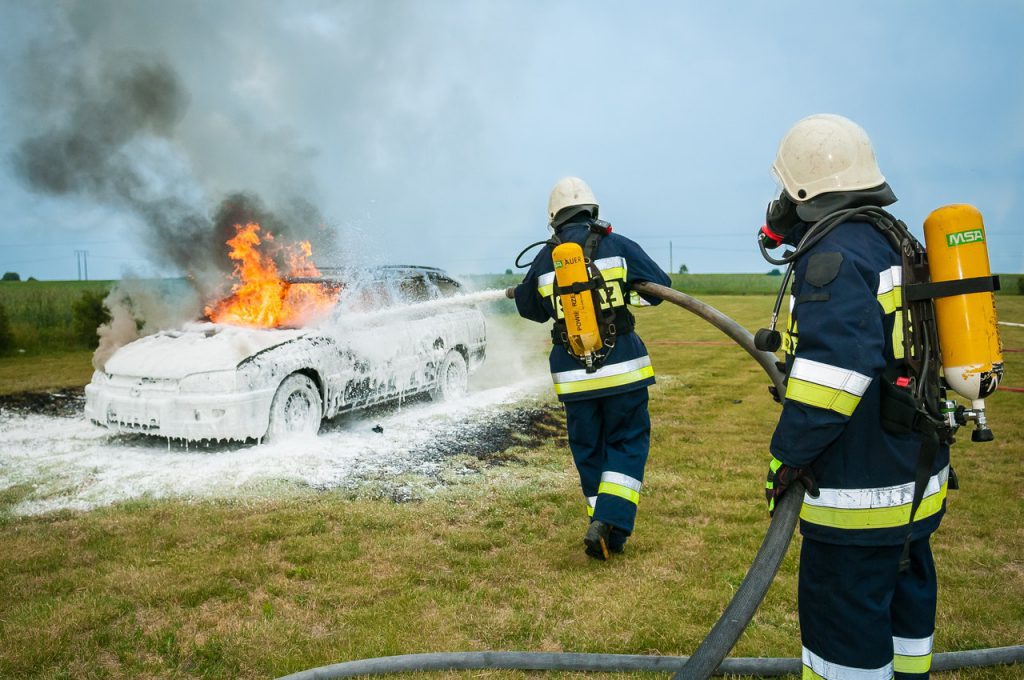
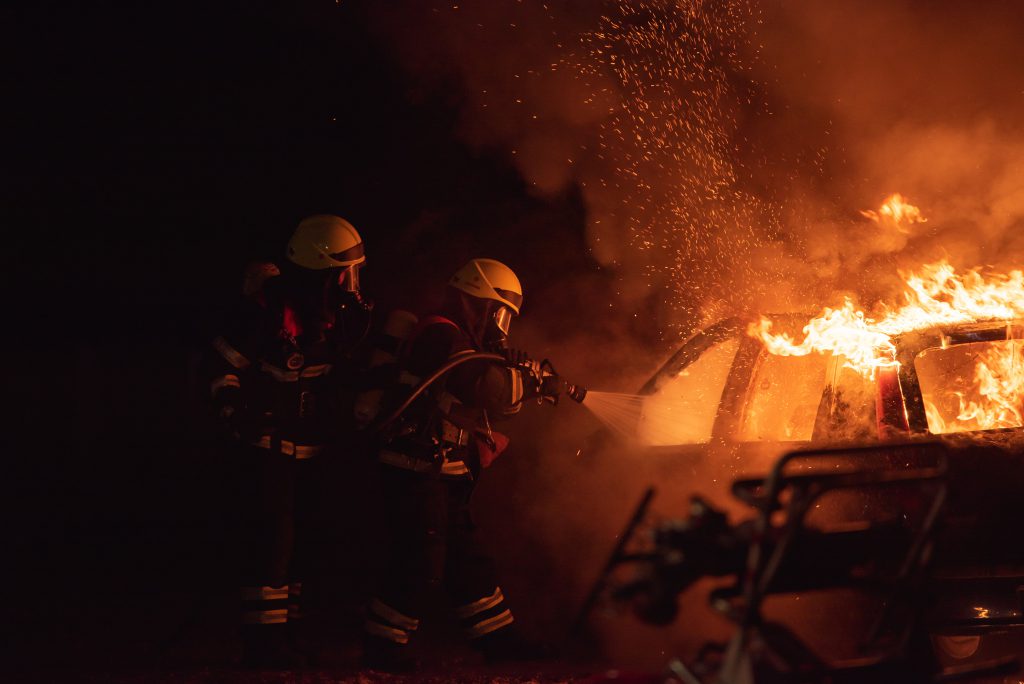
What to do if your car is on fire
- Pull over as quickly as it is safe to do so, be sure to use your signal as you make your way to a safe location off the road such as the breakdown lane or rest stop.
- Once you have stopped, TURN OFF the engine.
- GET everyone out of the car. Never return to a burning car for anything.
- MOVE everyone at least 100 feet from the burning car and well away from traffic.
- CALL 9-1-1.
How to prevent a car fire
- Have your car serviced regularly by a professionally trained mechanic. If you spot leaks, your car is not running properly, get it checked. A well-maintained car is less likely to have a fire.
- If you must transport gasoline, transport only a small amount in a certified gas can that is sealed. Keep a window open for ventilation.
- Gas cans and propane cylinders should never be transported in the passenger compartment.
- Never park a car where flammables, such as grass, are touching the catalytic converter.
- Drive safely to avoid an accident.
Know the danger signs
- Cracked or loose wiring or electrical problems, including a fuse that blows more than once
- Oil or fluid leaks
- Oil cap not on securely
- Rapid changes in fuel or fluid level, or engine temperature
Candle Safety
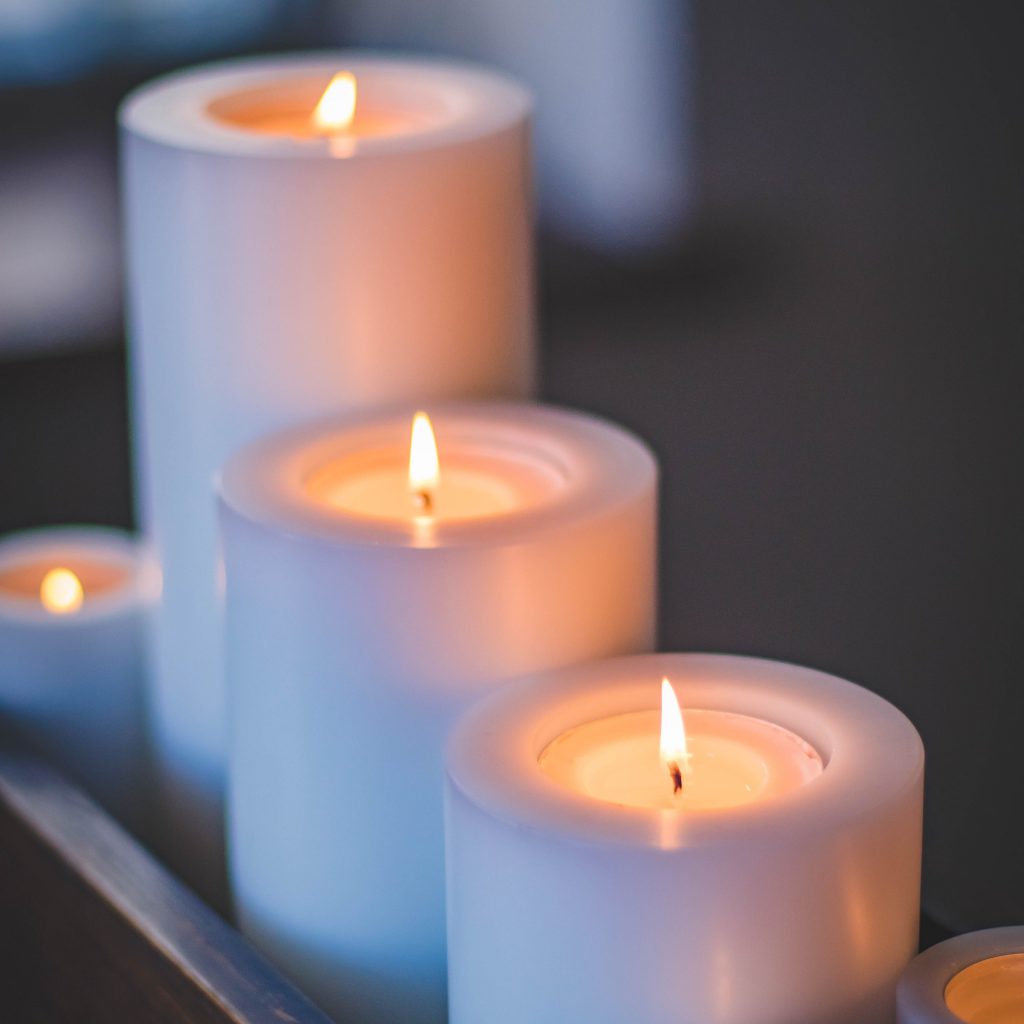
Candles and Kids
Never leave a child alone in a room with a burning candle. Keep matches and lighters up high and out of children’s reach.
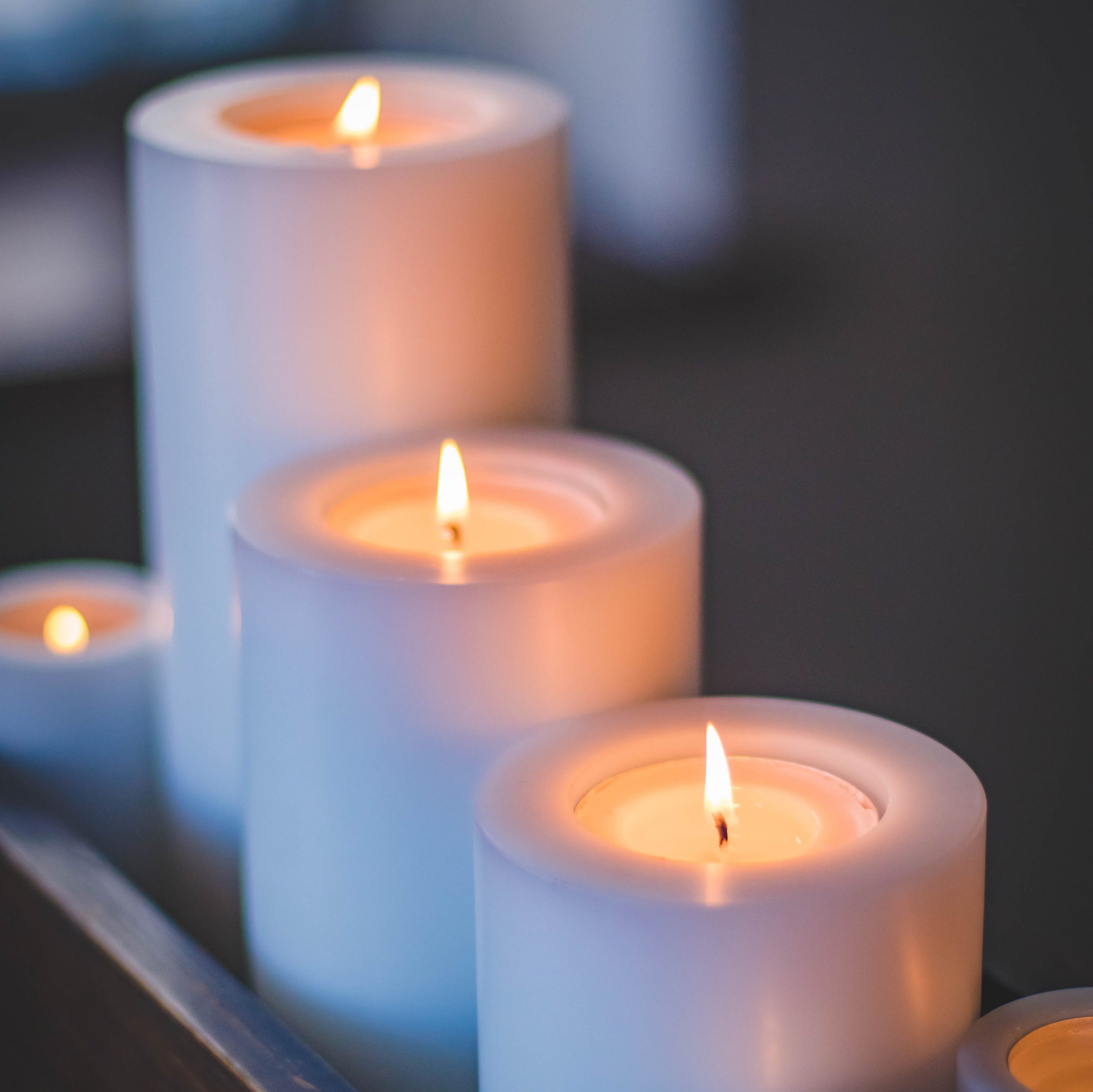
Safety Tips
- Blow out all candles when you leave the room or go to bed. Avoid the use of candles in the bedroom and other areas where people may fall asleep.
- Keep candles at least 1 foot (30 centimeters) away from anything that can burn.
- Use candle holders that are sturdy, and won’t tip over easily.
- Put candle holders on a sturdy, uncluttered surface.
- Light candles carefully. Keep your hair and any loose clothing away from the flame.
- Don’t burn a candle all the way down — put it out before it gets too close to the
holder or container. - Never use a candle if oxygen is used in the home.
- Have flashlights and battery-powered lighting ready to use during a power outage. Never use candles.
FACTS
Candle fires peak in December
Three out of five candle fires start because they are too close to combustibles.

